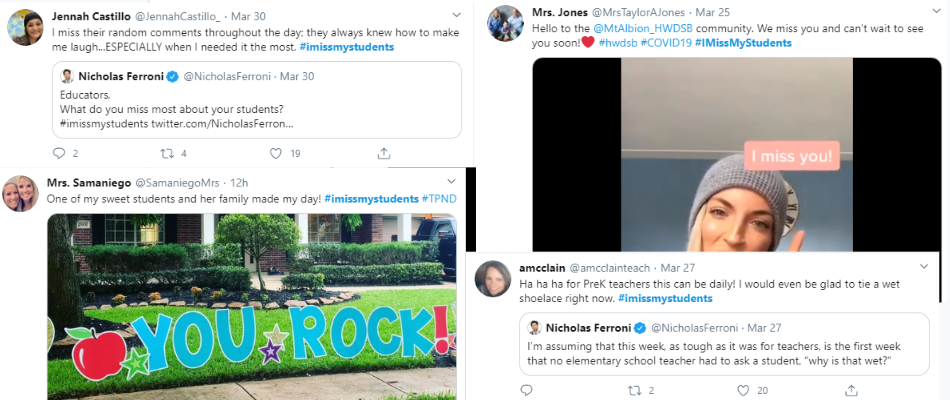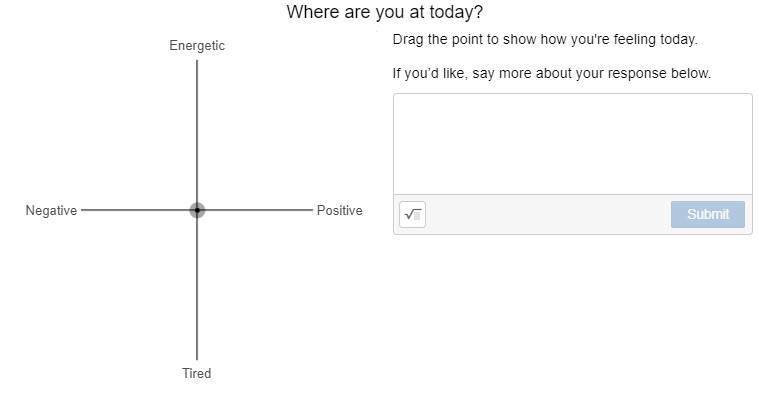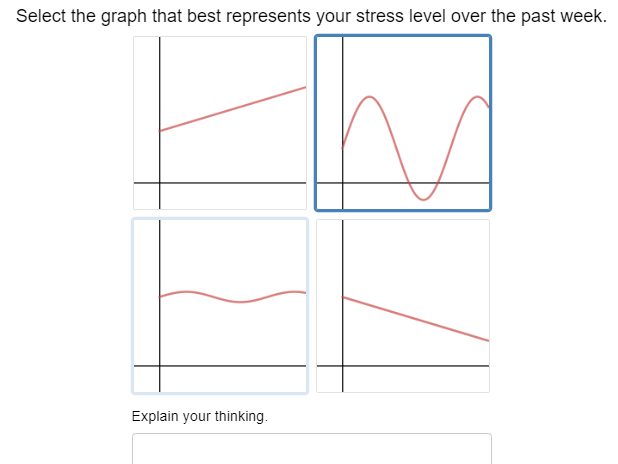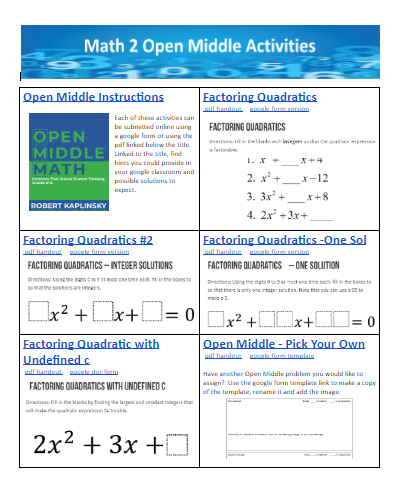In mid March 2020, with virtually no time to plan and prepare, schools around the nation shut their doors and moved instruction online. Amazing, wonderful teachers scrambled to learn how to set up google classrooms, record lessons, magically get lessons on usb drives uploaded and assigned in those shiny new online classrooms. They learned or relearned how to assign work digitally through Khan Academy, Delta Math, iReady, or 100 other digital math practice platforms.
The first weeks were trial and error. Teachers put all 5 classes into one classroom, and told students to upload pictures of the work for each assignment. At a minimum of 2 photos per student per assignment, 4 assignments a week to 160 students made a huge number of images to be opened 1 at a time and sorted onto the right grade sheets. And some students had trouble uploading into google classroom because, hey, it was new for them too. So teachers found themselves recipients of photos via email, text, and tweet. Some were dropped in the school office on potentially germ covered paper, which meant driving over to pick up and grading with gloves.
One teacher team that works exceptionally well together but had never used google classroom divided labor. One person made worksheets, one made videos, one photocopied packets for pick up and one made the google classroom. One google classroom. For all 650 students. As a place for info to go out it was fine. But as things started getting turned in, well, it was pretty overwhelming.
In the midst of all this craziness, and a learning curve that rivaled any pandemic’s exponential growth, the easiest thing to do was to create a learning experience that, as much as possible, mirrored what was happening already in their classrooms. It was comfortable for teachers. It was comfortable for students. At a time when everything about life was different than what it had been one week before, stability and consistency in classroom structure was what we all felt like we needed.
And then it began popping up . . .




What is missing?
The kids. Being together. The laughter. The high fives.
The humanity. The heart. The community.
The sounds of discovery and failure and success!
The reason we went into teaching. The reason we stay.
We miss our kids.
And no matter how independent we try to raise our learners to be, they miss us. Kids who never thought they would miss us, miss us. The feeling is mutual.
And honestly, what were we thinking??
Some of us have been recording lessons and providing them online for absent students for years. How much has that worked for that 6th period baseball player who misses 2 days a week all spring? Uni-directional imparting of information, no matter how slick your videoing or screen casting skills, can never replace the richness of our classroom communities. And at this time, when things are scary, and resources are scarce for some of us, when life itself seems uncertain, maybe it is this community that is the most important thing to keep constant for our students.
How do we make room for humanity in our digital classrooms?
- Be intentional about connecting personally. Take time to ask, “How are you doing?” communicate back and forth with students when they take you up on those opportunities and share with you. One of my favorite ways right now is using this great set of distance learning starter screens from Desmos. Turns out editing a Desmos activity or creating one of your own is not very hard.(Who knew!) Choose a slide or two each week to give your students a chance to share if they need to. If not Desmos, give them a writing prompt or two to chose from each week. They can’t just hang after class to talk. Let them know your door is still open.
- Allow students some flexibility and choice. We are in a time where we have so little personal control. Give students the opportunity to choose which way they are going to show they have learned something. Hyperdoc lessons are a great way to build in self-pacing flexibility and/or activity choice.

- Build in opportunities for creativity and play. Learning activities don’t have to look exactly like a math book. There are lots of ways to practice the mathematics they should be learning in creative and playful ways. And because creativity and play are two well proven stress relievers, adding opportunities for those in your classwork is taking care of your students in a uniquely human way.
“When we are in a condition of uncertainty, whether it’s about when we can return to work, when schools will reopen, or if any of us, family members or friends are sick, play is a very effective approach to deal with uncertainties, cope and engage in stress relief. Research says that play and creativity help to cope with changes in everyday life, it enhances our subjective well-being and releases positive energy to think about alternatives.”
–DR. BO STJERNE THOMSEN
- Make room for mistakes and second chances. I know they are moving ever closer to adulthood, and teaching them responsibilities and natural consequences is important. But right now is a time to hold a little more loosely to those parts of our teaching. Instead take the opportunity to teach them about kindness and grace. We as teachers may never know all the extra stressors that are attacking each child’s home life.
- Do they have a parent who is separated from the family because they are a health care provider?
- Is a relative or loved one who is far, or even in the home, critically ill or especially endangered by this pandemic?
- Have one or both adults in the home lost their jobs?
- Do they have new responsibilities as an instructor of younger siblings?
- Are they simply a child that takes the worries of the scary world we live in deeply to heart?
Any of these things could affect their ability to spend time on learning, or the likelihood of the learning they spend time on sticking with them. It is time for grace.
And honestly, it is time to spiral back to things again and again. Let’s do less, but do it with love, playfulness, humanity and grace.
Face the fact that students might not learn all of the math that you would have taught them if this was a different year. Embrace the fact that you have more to give them than facts and formulas. Remember why we stay in this stressful, crazy, exhausting profession and give yourself permission to make caring for your students the first priority during this once in a lifetime moment in your teaching career.









Beautiful post Leeanne. Thanks for reminding us of the humanity we face. More and more teachers are realizing how effective we can be in our classroom and this distance learning leaves a lot to be desired. I noticed you didn’t mention Flipgrid and Padlet, I think that is a way students can get that interaction back and to reply to each others work. I am also going to venture into HyperDocs for some project based learning: 2 way table survey and analysis, spiral of pythagoras art project, and doing some Desmos marbleslides screencasting. If I can get those 3 big projects spaced out and done in that order the rest of the year, with some lessons in between, I will be happy I have provided experiences online that I would have provided in person anyway.
LikeLiked by 1 person
You are, as always, doing well by your students.
I am planning a follow up post with specific instructional tools/moves.
If the backyard overhaul gets finished, I will try to get that out early next week. But I am working including myself in the love, play, humanity and grace prescription, so we’ll see. 😉
LikeLiked by 1 person